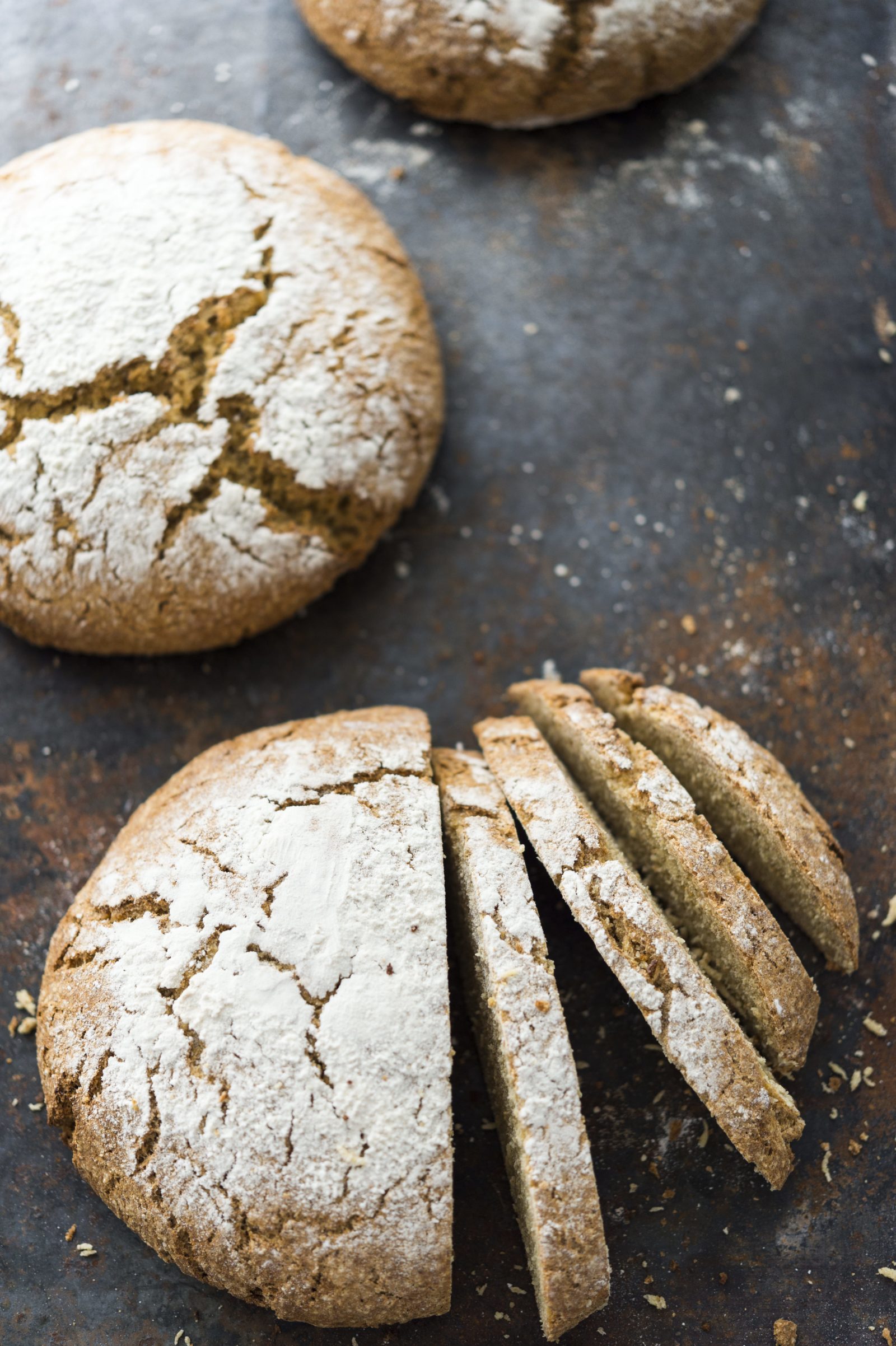Your email address is required to begin the subscription process. We will use it for customer service and other communications from Milk Street. You can unsubscribe from receiving our emails at any time.

Portuguese Cornbread (Broa)
Traditionally, broa is made with corn flour, which is dried corn that is ground finer than cornmeal. You can use finely ground cornmeal, but the bread will have some granularity in the crumb. This dense, hearty loaf is delicious sliced and spread with salted butter. Stored in an airtight container or zip-close bag, leftover broa will keep for up to three days at room temperature; the flavor and texture are best if the bread is toasted.
Don't let the loaf rise for longer than indicated, as the bread may bake up with an unpleasantly boozy, slightly sour flavor. Unlike most bread doughs that double in bulk during rising, this one increases only by about 50 percent.
Ingredients
-
202
grams (1⅔ cups) corn flour
-
2
tablespoons honey
Directions
-
01In a stand mixer with the paddle attachment, mix the corn flour, honey and boiling water on low until evenly moistened and a thick mash forms, 30 to 60 seconds. Turn off the mixer and let sit until just warm to the touch, about 30 minutes. Meanwhile, line a rimmed baking sheet with kitchen parchment.
Pardon the interruption
You need to be a Milk Street Digital Member to see the full recipe
JOIN MILK STREET DIGITAL & PRINT
12 WEEKS FOR JUST $1
and get access to all of our recipes and articles online, as well as in print.
GET DIGITAL & PRINTI’m Portuguese and grew up eating this bread in Toronto and I’ve had it in Portugal. I LOVE this bread. It was always so delicious fresh out of the Portuguese bakeries we frequented. So I’m wondering how this compares. Have you had it anytime before making this one? I’m trying to decide on which recipe to try.
Made this bread using gram weights and it was super sticky. It wouldn’t form into a ball, so I left it in a 5 inch pile instead of trying to figure out the right amount of flour. It spread out during the rise period, but I baked it at 500 for 15 minutes. It was done at that point (great color, about 1 1/2 “ high and 210 on my Thermapen). It tastes good, has a decent texture, but something is wrong with the weights or combo of flours. Any thoughts?
Hi Amy -
I double-checked all of the weights and they line up with our standard measurements for corn, bread, and rye flour so I'm not sure why your dough was so sticky. In fact, this dough is usually somewhat dry when you add the bread and rye flours and start mixing (see the video from the TV show here: https://www.177milkstreet.com/tv/new-breads). Did you make sure to let the corn flour and 1 cup of water sit for 30 minutes before adding the remaining ingredients? The corn flour needs this time in order to fully absorb that water and become hydrated. The additional 1/4 cup of room temperature water should be added when the bread and rye flours are added.
Best,
The Milk Street Team


Thank you for your comment! Your comment is currently under moderation and will appear shortly.